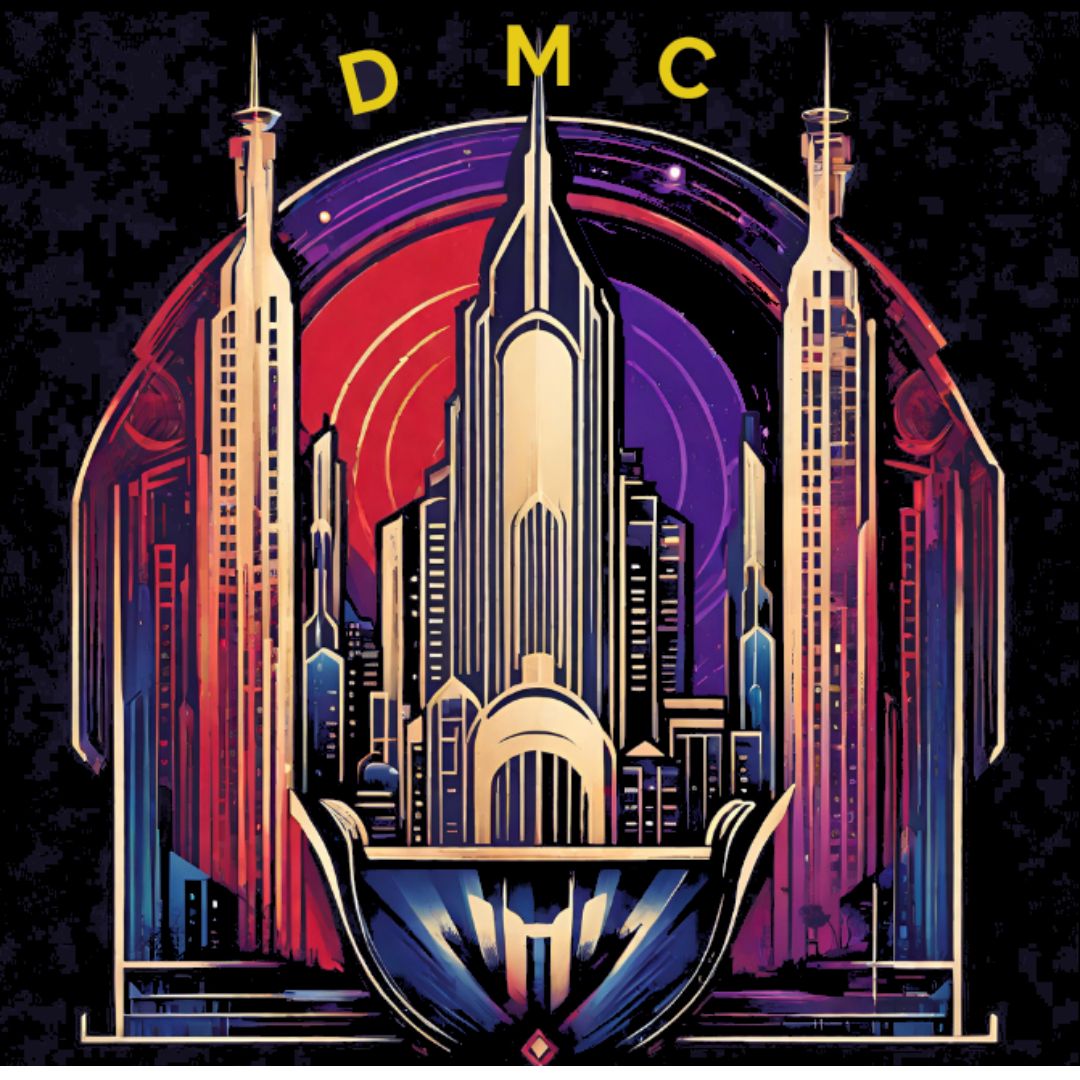21st Century Branding
What is branding? “A brand is a name, term, design, symbol, or any other feature that identifies one seller’s goods or services as distinct from those of other sellers” (American Marketing Association). Although this is a good definition of what a brand is, it does not encompass all that a good brand is. Proper branding is concerned with the associations that link a company to its ideal customers. It consists of a company name, graphics, designs, logo, and so on, as well as your connected story, promises, experience, and expected locations.
All of this may appear to be very perplexing. Let’s break it down into its individual components. We believe that today’s branding should be divided into three major components: community, story, and visual. The rationale for this arrangement is that you want to answer questions in this order to establish a unified, connected brand.
As Nike has demonstrated, this is not intrinsically essential. Nike invented the swoosh before it had a compelling story to tell. Their stories and advertising made the swoosh meaningful afterwards. However, building those associations takes a significant amount of time and money, which is why we recommend beginning with the aforementioned order.
Our first step in branding is to build a community. Your branding must be relevant to the community you wish to establish. This community will be made up of two possible components. individuals who care about your company and individuals who belong to other communities that care about what you do. The first group consists of those who fall in love with your product, service, or you as a person. These are your ardent supporters, and they want to see your company prosper. Every company wants to develop an environment around encouraging more of these people.
However, in the beginning stages of a company, there aren’t always a lot of devoted fans. This is one of the reasons why many brands aim to integrate with different communities in order to market themselves to a wide number of their ideal customers and bring them into their brand. Consider Pepsi’s sponsorship of music concerts. All of this is done in order for individuals who appreciate such musicians to associate Pepsi with them. Consider Yeti, who sponsors numerous rodeos and outdoor events. It’s all about integrating their brand with the outdoor community once more. This is why creating your own community and leveraging existing communities to welcome you can be so powerful. Pepsi’s branding was established around the communities of these other organizations, and it is those communities that are now purchasing their drinks over Coca-Cola.
The second step in determining your branding is to tell your story. This is significant since it serves as the link between your brand and your target market. You want your story to instill understanding and trust in the minds of your ideal customers. It should have an emotional connection to how they feel and what they want out of life. These stories will alter over time, and they will need to expand as your target group expands. The key to your story is that it connects to the psychographics of your community.
For instance, Pepsi would like to have a story that explains why Pepsi Co. is so invested in these types of artists, or why they regard these artists as providing value to the world. Yeti does a great job of this by discussing how their product keeps drinks and food cool on these people’s long, exhausting hot days. They explicitly link their product to resolving the issue that this outdoor group is experiencing. It fosters connection and comprehension, transforming the brand from a faceless organization into one of us.
Finally, once you identify who your community is and what story will actually connect with them, it is time to focus on what event they will all attend. You should evaluate what kind of event you could host that would compel your ideal clients to attend. When you draw from existing communities, it is typically a spinoff of events people currently attend with a twist. This event you intend to organize is similar to throwing an excessive birthday party for all of your target avatars. What colors do they anticipate seeing? What kind of visuals would they expect? What kind of clothes are expected? What kinds of activities or games would be planned? You create your artwork, colors, and logo while organizing for this event. Now that you know what your community enjoys and their key psychographic, you can use marketers or marketing chatbots to help you determine what will connect with your ideal customers. Consider looking at other events that your target audience would attend for inspiration, or use Pinterest to get ideas for what your event might look like.
Therefore, branding is more than just a logo or some colors that you like. It’s the things people identify with your brand, and most importantly, it’s the community you create that brings your ideal customers together. Branding is perception, and it is what converts your customers into a raving fan base.
Written by Joshua Grenevitch 8/24/2023 – Copyrighted 2023 All Rights Reserved
